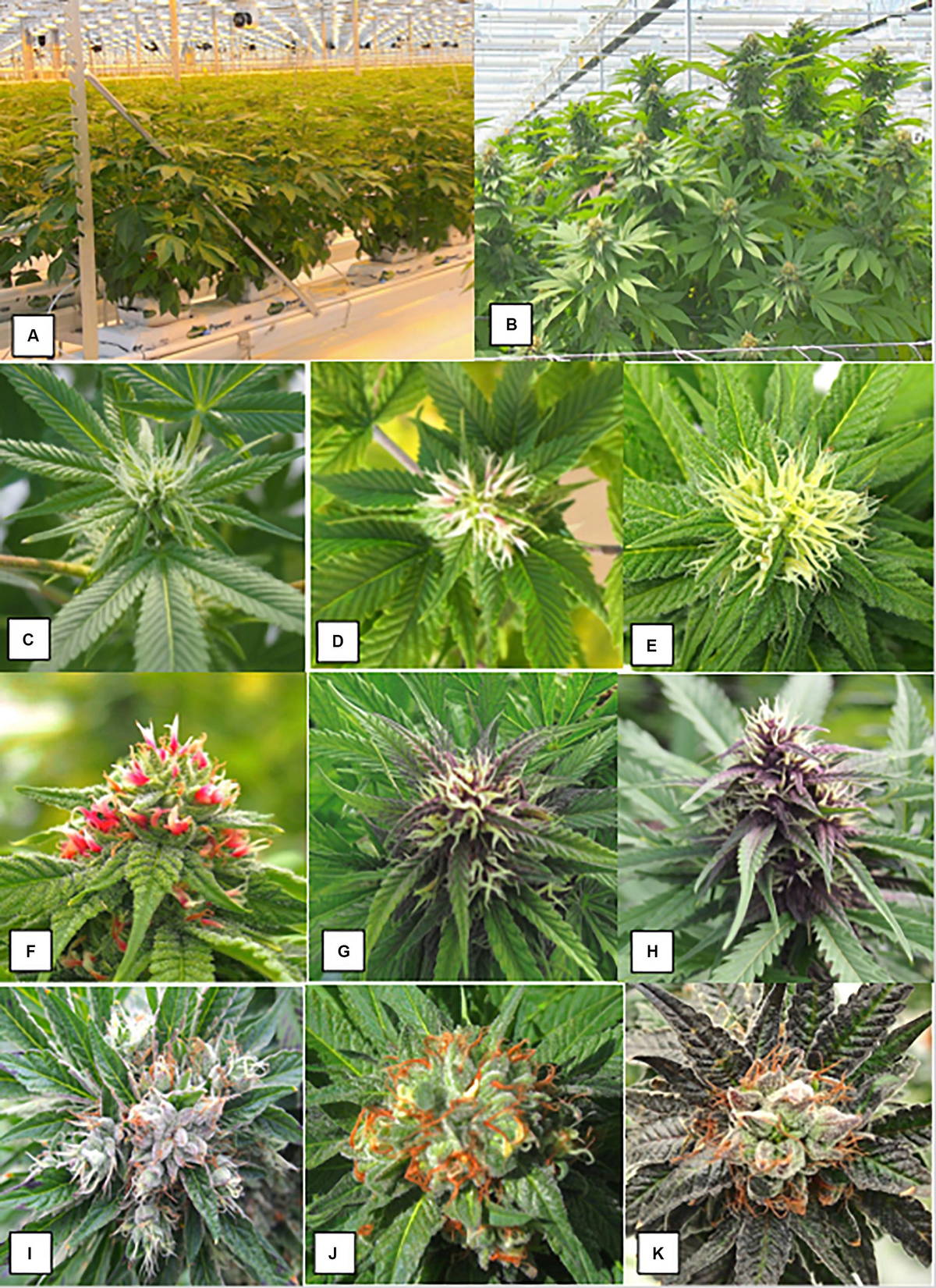goingrey
Well-known member
Hemp breeders consider hermaphrodism a good thing because you have twice the amount of seedbearing plants and they all die at the same time so no need to deal with males rotting away much earlier. Because of this, they have selected heavily towards this trait, and the high prevalence of hermaphroditism in hemp is indeed "human-induced". In strains bred for seedless ganja use the opposite has happened, and the low prevalence of hermaphroditism is likewise "human-induced".



